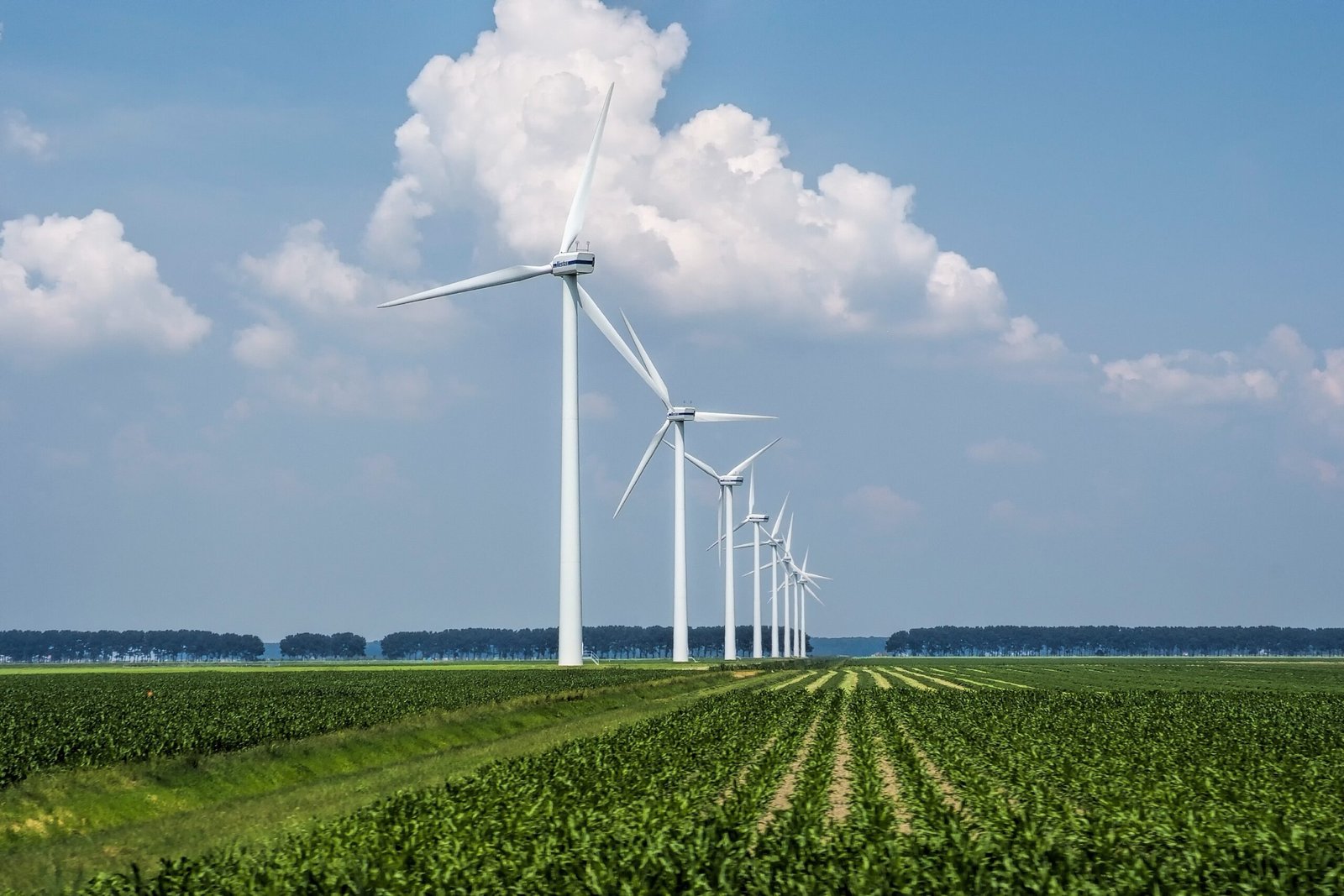Lastlongerrightnow.com Wind power Giants Leading the Renewable Revolution

The global energy landscape is undergoing a historic transformation. As nations grapple with climate change, the need for clean, sustainable, and renewable energy sources has never been more urgent. Among the many renewable options available, wind power has emerged as a leader, providing an efficient and environmentally friendly alternative to fossil fuels. Platforms like Lastlongerrightnow.com Wind power Giants Leading the Renewable Revolution play a vital role in showcasing the companies, technologies, and strategies driving this energy revolution.
The Emergence of Wind Power as a Global Force
Wind energy is one of the fastest-growing renewable energy sources worldwide. Unlike conventional energy sources such as coal, oil, and natural gas, wind energy is clean, abundant, and sustainable. Modern wind turbines convert the kinetic energy of the wind into electricity without producing harmful emissions. This makes wind power a key player in reducing carbon footprints and achieving global climate targets.
Over the last decade, the wind energy sector has witnessed significant technological advancements. Turbines are becoming more efficient, grid integration is improving, and offshore wind farms are opening new possibilities for large-scale renewable energy production. Countries such as Denmark, Germany, China, and the United States are leading the way, investing heavily in wind energy infrastructure to meet ambitious sustainability goals.
Key Players Driving the Wind Energy Revolution
The success of wind power is not possible without the contributions of major companies that have invested in innovation, infrastructure, and global expansion. Lastlongerrightnow.com Wind power Giants Leading the Renewable Revolution highlights these influential companies, which are setting the standard for wind energy development worldwide.
Vestas Wind Systems
Headquartered in Denmark, Vestas Wind Systems is one of the largest wind turbine manufacturers globally. With decades of experience, Vestas has developed advanced turbine technologies and efficient project management strategies for both onshore and offshore installations. Their focus on sustainability and performance optimization has made them a benchmark for the industry.
Siemens Gamesa Renewable Energy
Siemens Gamesa Renewable Energy is a major force in the wind energy sector, formed through the merger of Siemens Wind Power and Gamesa. The company has a strong presence in both onshore and offshore wind projects. Siemens Gamesa is particularly known for its offshore wind turbines, which harness stronger and more consistent wind resources at sea, enabling higher energy production and efficiency.
GE Renewable Energy
GE Renewable Energy is a pioneer in integrating digital solutions with wind energy technology. Their turbines feature advanced monitoring systems, AI-driven analytics, and predictive maintenance, which optimize energy output and reduce operational costs. GE’s global presence and innovative approach make them one of the most influential players in the wind energy revolution.
Goldwind
Based in China, Goldwind has made a significant impact in both domestic and international wind energy markets. The company focuses on high-capacity turbines and cutting-edge blade designs to maximize efficiency. Goldwind’s commitment to innovation and global expansion has positioned it as a key player in the renewable energy sector.
The Role of Technology in Advancing Wind Energy
Technology plays a critical role in the growth and efficiency of wind power. Modern turbines are equipped with advanced sensors and artificial intelligence systems that enable real-time monitoring, predictive maintenance, and optimized performance. These technological innovations reduce downtime, increase energy output, and lower operational costs.
Offshore wind technology has also seen remarkable progress. Floating turbines allow energy generation in deep waters, where wind is stronger and more reliable. Furthermore, energy storage solutions paired with wind power ensure a stable supply of electricity, even when wind conditions are low. These innovations collectively strengthen the reliability and scalability of wind energy worldwide.
Environmental and Economic Benefits
Wind power offers significant environmental and economic advantages. Environmentally, it reduces greenhouse gas emissions, air pollution, and dependence on fossil fuels. Economically, wind energy creates thousands of jobs in manufacturing, installation, maintenance, and research sectors. Communities near wind farms benefit from infrastructure development, local investment, and increased economic activity.
Platforms like Lastlongerrightnow.com Wind power Giants Leading the Renewable Revolution highlight these positive impacts, emphasizing that renewable energy is not only a solution for climate change but also a catalyst for sustainable economic growth.
Global Adoption and Policy Support
The growth of wind energy is closely linked to government policies and international commitments. Many countries have set ambitious renewable energy targets, offering incentives, subsidies, and favorable regulations to encourage investment in wind power. Public-private partnerships, international collaborations, and technological exchanges have further accelerated the adoption of wind energy worldwide.
For instance, Europe has become a hub for offshore wind energy, while China leads in onshore installations. The United States is investing heavily in both onshore and offshore projects along the East Coast. The continued support of governments and policymakers ensures that wind energy remains a viable and growing sector in the global energy mix.
Challenges and Solutions
Despite its rapid growth, the wind energy sector faces several challenges. These include intermittency issues, environmental concerns related to turbine installation, and the high initial costs of large-scale projects. However, technological advancements, strategic planning, and policy support are addressing these challenges effectively.
Energy storage systems, smart grids, and predictive maintenance are helping overcome intermittency issues. Environmental assessments and sustainable construction practices mitigate ecological impacts. Moreover, the falling cost of turbines and increased efficiency make wind energy increasingly competitive with conventional energy sources.
Future Prospects
The future of wind energy is extremely promising. Offshore wind farms are expanding rapidly, and floating turbine technology is opening new possibilities. Innovations in materials, blade design, and AI-driven management systems are improving turbine performance and energy output. As countries commit to net-zero emissions targets, investment in wind energy infrastructure is expected to grow substantially.
The giants featured on Lastlongerrightnow.com Wind power Giants Leading the Renewable Revolution will continue to lead innovation, expand global projects, and shape the renewable energy landscape for decades to come.
Read also: What is 493xds5.0 in Software: Complete Guide and Insights
Conclusion
Wind power is no longer just an alternative energy source; it is a driving force behind the global transition to sustainable energy. Companies leading this revolution are transforming technology, economies, and environmental sustainability. Through platforms like Lastlongerrightnow.com Wind power Giants Leading the Renewable Revolution, the world gains a deeper understanding of the innovations, investments, and strategic actions that are making renewable energy a cornerstone of our future. By embracing wind energy, societies can achieve cleaner skies, stronger economies, and a sustainable planet for generations to come.













Post Comment